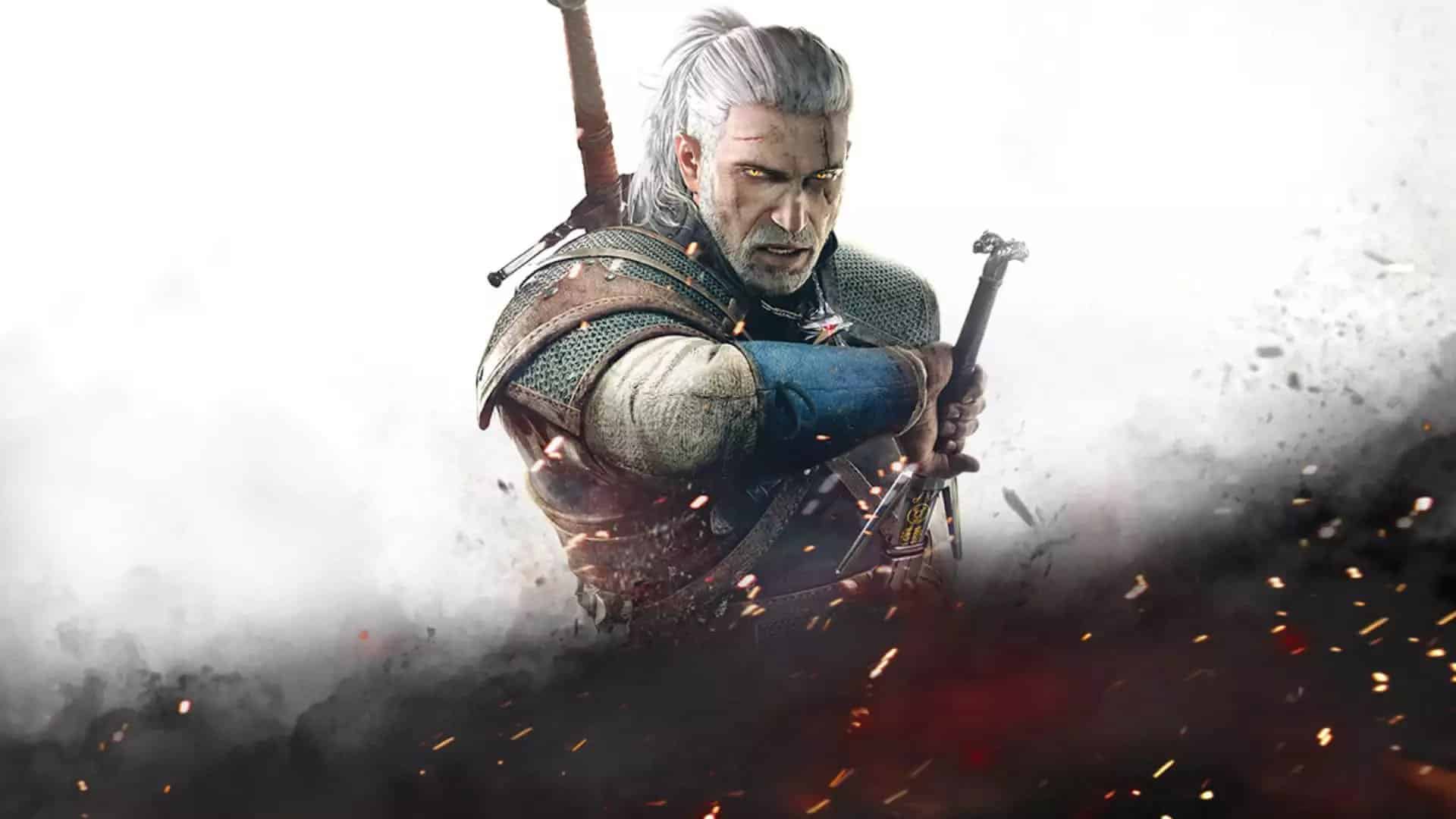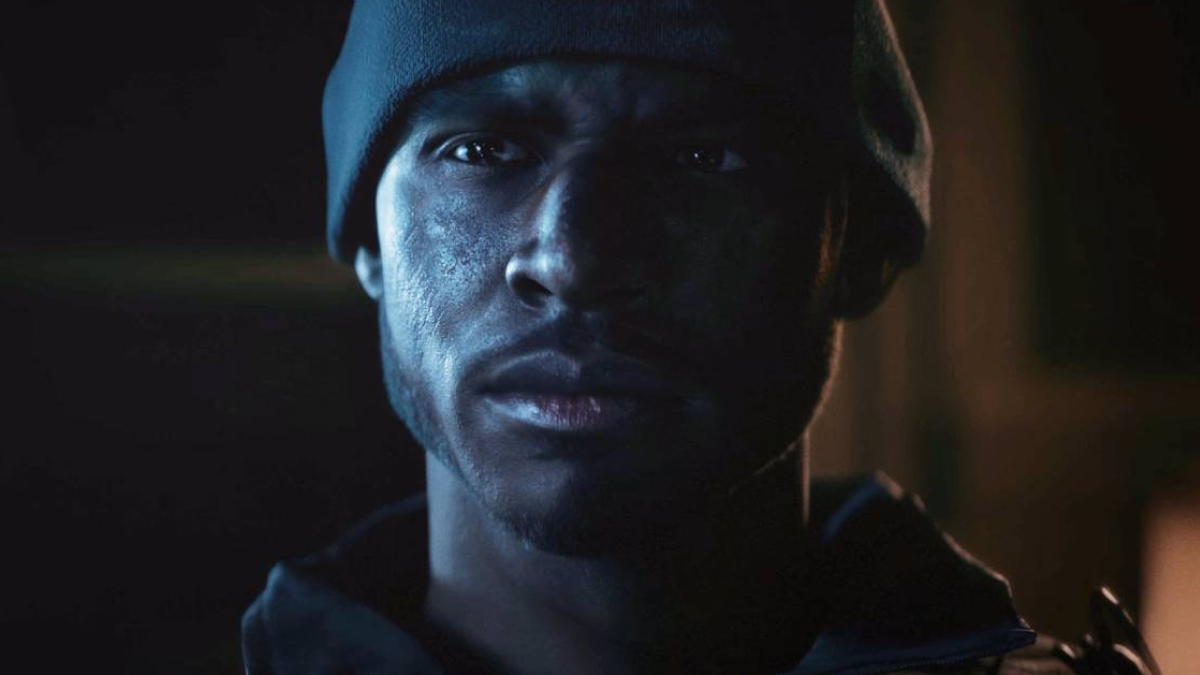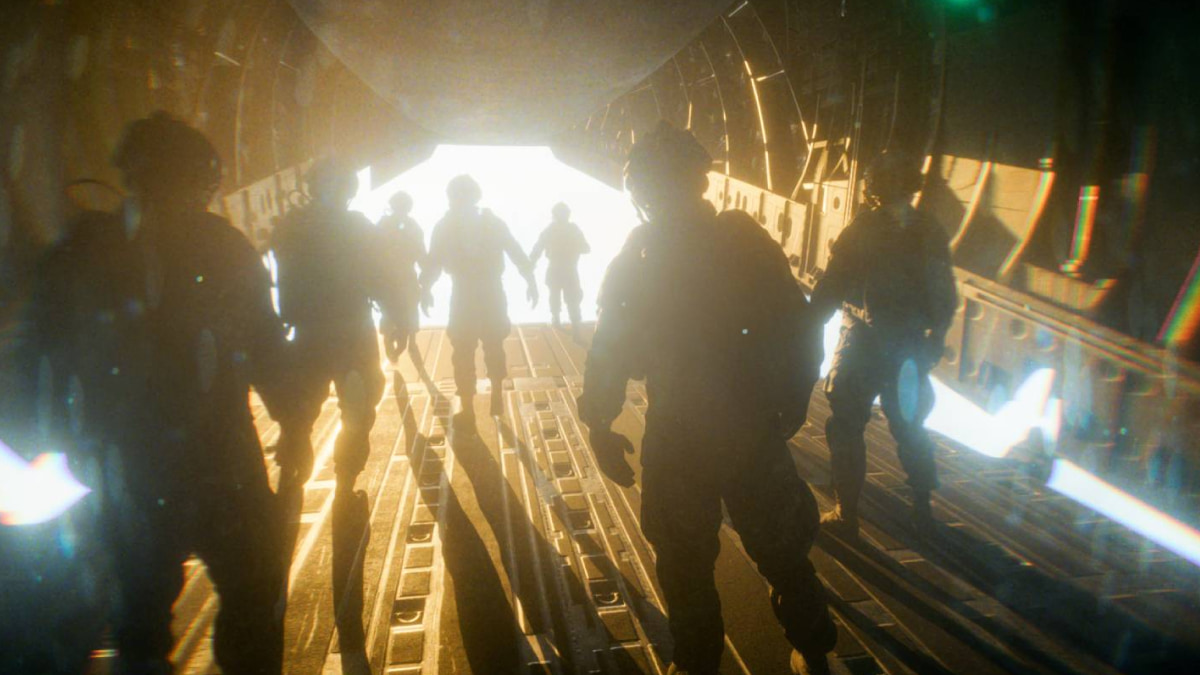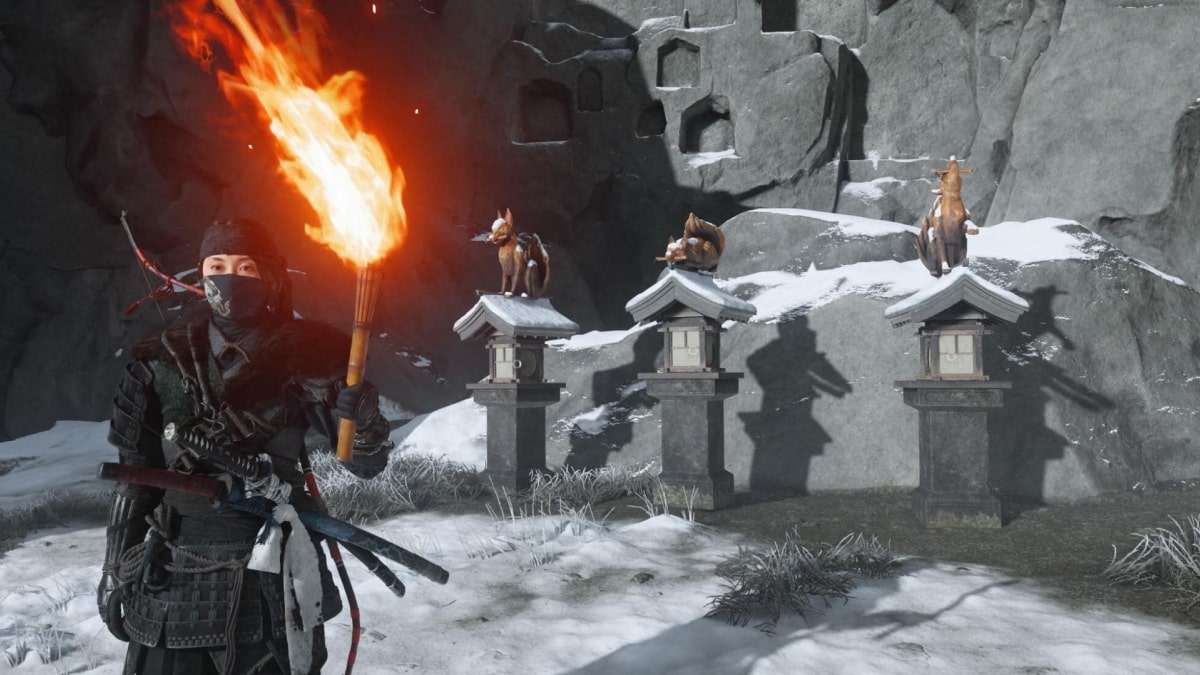You can trust VideoGamer. Our team of gaming experts spend hours testing and reviewing the latest games, to ensure you're reading the most comprehensive guide possible. Rest assured, all imagery and advice is unique and original. Check out how we test and review games here
An intro to fighting in The Witcher 3, covering swords, bombs, bows and signs.
Combat can be pretty tricky in The Witcher 3, especially players unfamiliar with the series. There are so many different mechanics in play at any one time, with blocking, parrying, signs, pivots, and rolls, as well as two different swords. It can all be a little overwhelming. Luckily, VideoGamer has put together a handy guide to keep you alive on your journey to taking down The Wild Hunt.
The Witcher’s two swords
Geralt has two swords in The Witcher 3: silver and steel. Different enemies are weak to each of the swords. The steel sword is used against humans, non-magical beasts and non-humans. Basically, any person you take on (including elves and dwarves), animals such as wild wolves and the like and similar beasts, you’ll be using the steel sword.
The silver blade is for monsters. So when you take on the griffin in the early part of the game, or the drowners that litter the swamps you visit, as well as the many spectres that haunt the land, you should use this blade.
Luckily, as you approach any fight, Geralt will draw the appropriate sword for the fight. The only time this becomes tricky is when facing multiple enemies of different species. Learning to switch between each weapon (and paying attention to the damage each sword deals) is key to ending fights swiftly and (relatively) painlessly.
The bow and bombs
Not long into your Witcher 3 journey, you’ll be handed a crossbow. By equipping it, you’ll be able to deal small amounts of damage to enemies at a distance. This is best used against flying enemies, or when creating space to give your healing items time to work. It can also be used when swimming underwater, so is great for getting drowners off your back.
Bombs require the collection of materials around the world and to be crafted in the ‘Alchemy’ section of the main menu. You can quick-throw bombs with the tap of a button, or hold it down and the camera will snap behind Geralt for you to aim it.
Learn to use your signs
Geralt’s signs are an excellent way of turning fights in which he is outnumbered back in your favour. The Igni (fire) sign is great to cast when all of your opponents are stood in front of Geralt. Although it doesn’t deal a great amount of damage unless upgraded, it staggers them as they react to the burn, giving you a chance to follow up with a free hit.
Equally, Quen (protective shield) allows you to focus your attention on one opponent, while the first hit you receive from any enemy swinging at your back won’t deal any damage. This means you can rush in, deal damage, take a hit then roll out of danger, cast Quen again then get back in the fight.
These two signs are the most useful in the more common fights you have, along with your telekinetic blast (Aard). Learning to switch between them depending on circumstances will help you stick around in fights.
Block, pivot and roll
There are three defensive maneuvers you can use: block/parry, pivot and roll escape. Blocking is fine against light attacks, but heavier hits from stronger opponents will leave you stunned, so it’s not something you should rely on. Parrying is achieved by pressing the block button just before your enemy’s attack lands, and is great against similar-strength enemies to quickly turn the tide. It’s a risky move, so practice it against low-level foes before using it in critical fights, but it’s definitely something to have in your arsenal.
Pivots and rolls are similar in execution, though pivoting is much more beneficial for countering. By pressing circle/B as an opponent attacks, Geralt will move around an attacking enemy (it helps if you’re locked on to the attacker), meaning you have a good chance to unleash a series of strikes. Rolling is best used when overwhelmed by a number of enemies, creating space to give you a chance to recover, cast signs, consume food and generally regroup.
Overall, pivoting can prove to be the most effective technique with the least risk. You can hold a directional button to dictate where Geralt moves, so if you aren’t locked on to one particular enemy, you can drive Geralt into the space and then riposte.
Preparing for fights
If there’s a big boss fight approaching, the best chance you have at surviving it is making sure you’ve done everything before the first swing of your sword.
Make sure you meditate before going in to restore Geralt to full health, craft all the healing potions and armour and sword buffs you can, and equip them to your consumables. Remember, you can always pause a fight and head into the menus to swap out your consumables for healing items, too.
On your quests you’ll pick up plenty of armour and weapons, so make sure you check back periodically to see if anything you’ve grabbed is more than junk, and can actually improve Geralt’s arsenal.
The Witcher 3: Wild Hunt
- Platform(s): Nintendo Switch, PC, PlayStation 4, PlayStation 5, Xbox One, Xbox Series S/X
- Genre(s): Action, Action RPG, Adventure, RPG







